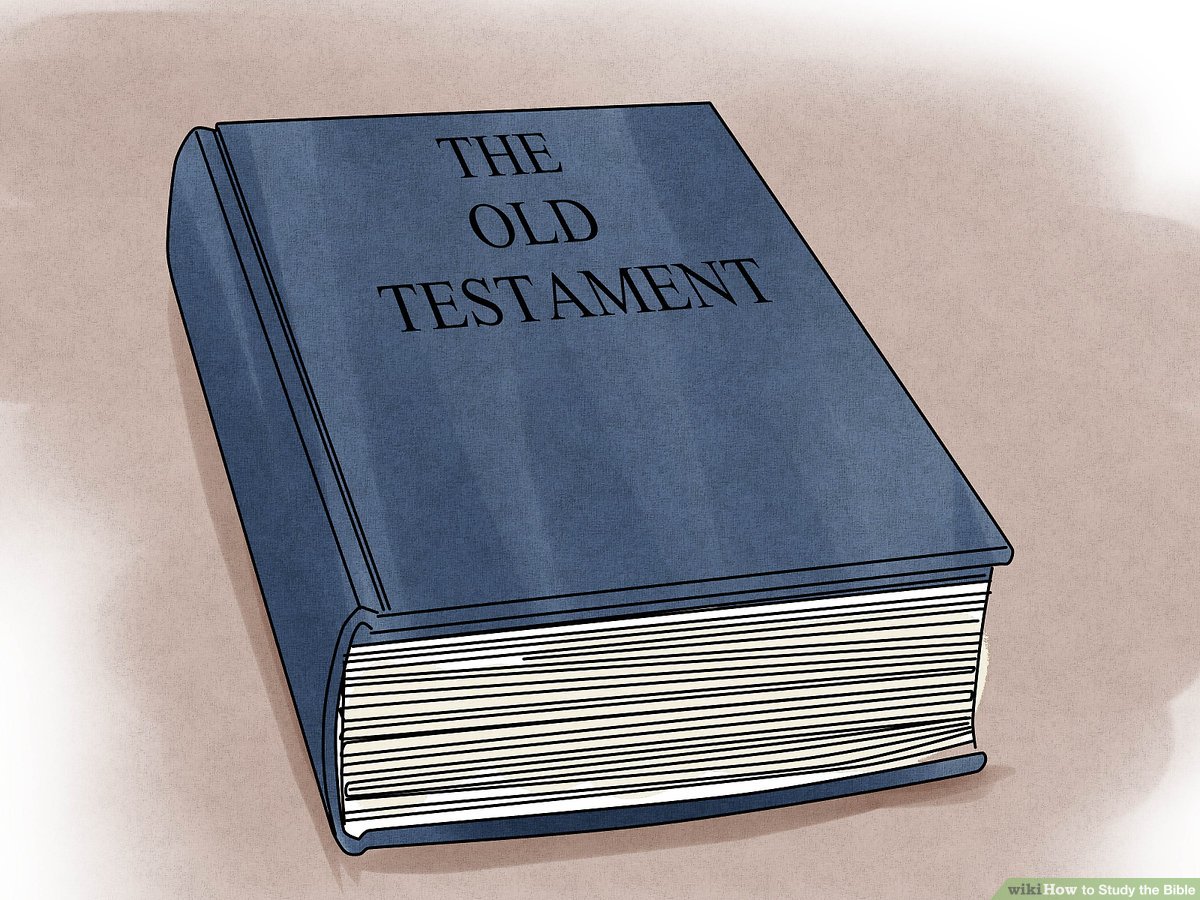There are a variety of ways to approach the Bible, from Methods to Sources of information. Then there are the Books of the Bible and Pericopes. Knowing where to start will make your bible study more fruitful. Here are some tips:
Methods
When studying Scripture, you should use several methods, and some will be better for some passages than for others. For example, you might find that one method works better for a certain passage than another, or that you’d be more comfortable focusing on a certain section than another. Using different methods will allow you to develop a mental map of the Bible and lessen your reliance on secondary resources and other people. Regardless of what method you choose, however, it’s important to keep in mind that each method has its own advantages and disadvantages.
Sources of information
In addition to traditional reference books, there are many excellent electronic sources of information for Bible study. One of these is the Oxford Encyclopedia of Biblical Gender Studies (OEBGS), a comprehensive resource that covers more than 160 entries. Each entry includes an index, bibliographic references, and suggested readings. This encyclopedia draws on the pioneering work of biblically-focused feminist scholars. This encyclopedia contains entries on the Bible’s impact on modern issues, including anti-Semitism and the arts.
Book of the Bible
There are several important steps involved in Bible study. First, you should read a book several times. Each time you read the book, focus on a different part of it. Some of your most important insights may come after reading the same book multiple times. As you read, a general outline may begin to form in your mind. Although the structure may be obvious, you will probably need to study several times before you can understand the book in its entirety.
Pericopes
When you are studying the Bible, it’s important to set the boundaries of a passage. A pericope is a section of Scripture, a group of verses, or a single verse. The Bible usually includes subheadings within chapters, so you should pick a complete pericope to study. This will help you understand the overall idea that’s being conveyed. Once you have defined the boundaries, you can move on to the next step.
Concordance
Using a concordance for bible study is a great way to explore God’s Word in its original language. These tools are invaluable for Bible study and can help both Bible scholars and non-scholars gain a deeper understanding of the text. Here are some tips for using a concordance for bible study. Using a concordance can increase your understanding of God’s Word and make your study more effective.
SOAP method
The SOAP method for bible study is a common way to read the Scriptures. This method requires the student to write down the passage that he is studying. Re-reading the passage will help the student to better understand the meaning of the words and phrases that are found in it. Soap is an acronym for Scripture, observation, application, and prayer. The method is beneficial for beginners because it allows students to study Scripture verse by verse.
Meditating on the Word
One way to meditate on the Word of God while doing bible study is to write. Writing down your thoughts on a particular passage can help you go deeper into Scripture. For this exercise, you can choose any book or verse from the Bible. Another way to meditate on Scripture is to discuss it with another believer, friend, or family member. The more people you involve, the more likely you will get to ask the Lord questions and deepen your study of the Bible.
